We use cookies, including cookies from third parties, to enhance your user experience and the effectiveness of our marketing activities. These cookies are performance, analytics and advertising cookies, please see our Privacy and Cookie policy for further information. If you agree to all of our cookies select “Accept all” or select “Cookie Settings” to see which cookies we use and choose which ones you would like to accept.
Are you looking for an eco-friendlier solution for heating your home? You may have seen air-source heat pump (AWHP) solutions garnering attention in the media lately and might have questions such as, “What exactly do these systems do? Is an AWHP really worth the money?”. Or you may have decided on investing in an AWHP but are still wondering what brand has the right solution for your home. With this article, we will try to provide answers to questions you may have while navigating the selection process of this emerging technology. Join us as we address the most frequently asked questions about AWHPs.
Answer: AWHP systems can provide economic and environmental benefits.
The cost of AWHP systems can vary according the brand and size of the system required by the heat demand of your home. Other factors, including whether it is an installation on a new home or an existing property, also must be considered. On average, and AWHP should cost between EUR 8,250 and EUR 15,000. When an AWHP is installed properly, it can provide significant economic and environmental advantages over conventional oil or gas boilers. While factors such as insulation and the size of your home come into play, an AWHP could shave as much 68% off your monthly energy bill. The purchase of AWHP systems is also often incentivized by local governments with rebates or grants such as the AWHP grant included in the Renewable Heat Incentive (RHI) in the UK. The LG Therma V air-to-water heat pump (AWHP) solution is a compact AWHP system that boasts an impressive Seasonal Coefficient of Performance (SCOP) of up to 4.65. In addition to this optimal efficiency, the R1 Compressor in the Therma V improves system durability.
Answer: AWHP operating costs can be offset by government subsidies.
Going green is certainly one of the most major reasons for considering AWHP as the potential heating system for your house, but the cost is something that you can never overlook before making a big call. AWHP systems capture existing heat energy in the air outside and transfer that heat energy inside to heat your home. While an AWHP still uses electricity to heat your home, the amount of electricity used is minimal and running costs can be equal to or less than your current monthly energy costs. When additional subsidies are applied through programs such as Economy 7 electricity or GoElectric tariff in the UK, you can further reduce your energy expenses over the year. Local government subsidies can also by applied to offset the initial investment and shorten the time it takes to recoup the cost through savings.
Answer: AWHP systems can be installed according to the needs of your home.
The size and installation footprint of your AWHP will depend on the heat demand of your home. Installation will require enough space to fit a unit the size of an average outdoor unit with sufficient space around it for airflow. In general, there are 2 types of AWHP systems. Systems with all the components contained in the outdoor unit are known as monoblocs and systems with the components divided between indoor and outdoor units are known as ‘split’ systems. Monobloc units are less expensive and easier to install but are also less efficient and effective in colder weather or in larger homes. Split systems are required for homes with larger heat demands. While installation of AWHP rarely require building permission, installers should take into consider noise emissions and local neighborhood regulations.
Answer: An AWHP with the right capacity can heat your home effectively.
Some AWHP users have issues with keeping their home at a comfortably warm temperature. While an AWHP may take longer to reach your target temperature, an AWHP with a capacity appropriate for your home will be able to efficiently maintain comfortable temperatures over long periods of time. An AWHP typically has a Leaving Water Temperature (LWT) of 55°C but the LG Therma V R32 series also implements flash injection technology, which widens the operation range and produces a LWT of up to 65°C while operating at ambient temperatures as low as -25°C.
Answer: Most AWHP systems have thermostats and can be connected to smart controllers
Managing your AWHP properly is essential to the comfort and efficiency you will experience. In addition, AWHP systems must meet regional healthy home heating standards and regulations. A heating system requires an accurate thermostat to ensure proper heating capabilities. Most AWHP solutions have a thermostat located somewhere on the unit where users can monitor the system’s performance. With the LG Therma V solution, users can precisely monitor and control their heating system through the control panel embedded on the indoor unit and through the remote user interface located inside the home. For even more effective performance, Therma V users can also access their AWHP on their mobile device through LG ThinQ connectivity. With this comprehensive control, you can be sure to get the most out of your AWHP system.
AWHP systems are quickly becoming a popular alternative for home heating solutions but selecting the right solution is not an easy process. When consumers make informed choices, everyone wins and selecting the right AWHP is a win for the environment as well.
Reference Sources
1. PJ Matthews. (December 12, 2019). 10 questions answered about Air to Water Heat Pumps. Retrieved from https://pjmatthews.ie/10-questions-answered-about-air-to-water-heat-pumps/
2. Green Square. (April 2, 2021). What Are the Disadvantages of an Air Source Heat Pump? Retrieved from https://www.greensquare.co.uk/blog/disadvantages-of-air-source-heat-pump
3. EDF Energy. A complete guide to air source heat pumps.
Retrieved from https://www.edfenergy.com/heating/advice/air-source-heat-pump-guide
4. Tenancy Services. Heating standard.
Retrieved from https://www.tenancy.govt.nz/healthy-homes/heating-standard/
5. Green Match. (November 15, 2021).
Retrieved from https://www.greenmatch.co.uk/blog/2016/02/pros-and-cons-of-air-source-heat-pumps
6. Energy Saving Trust. (October 18, 2021). Air-to-water heat pumps. Retrieved from https://energysavingtrust.org.uk/advice/air-to-water-heat-pumps/
*Products and solutions may vary according to country and operating conditions.
Please click the 'INQUIRY TO BUY' banner below to contact your local LG office for further information on solutions and products.

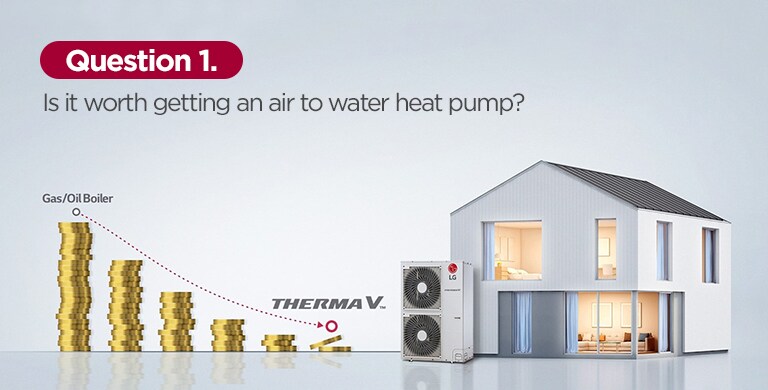
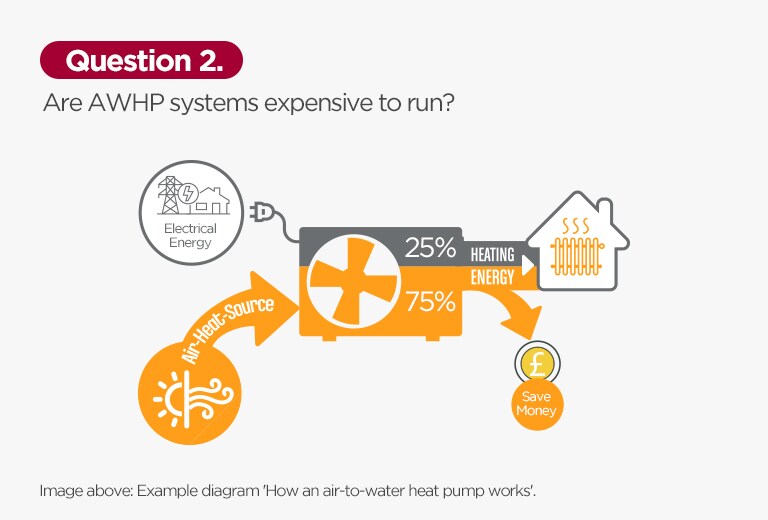
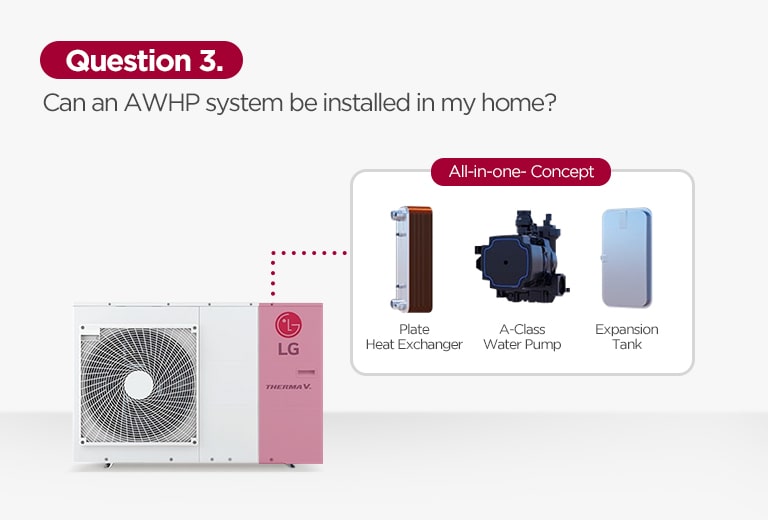
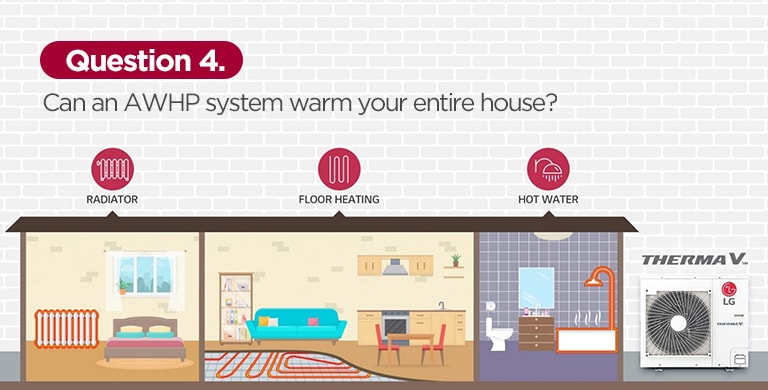
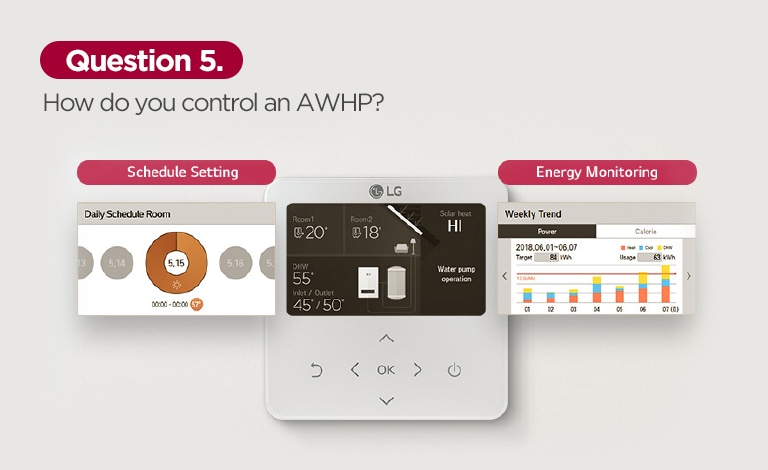
![[PC]contact_us](/content/dam/channel/wcms/za/images/business/lghvac-awhp-faq-2021/inquiry_to_buy_mobile.jpg)